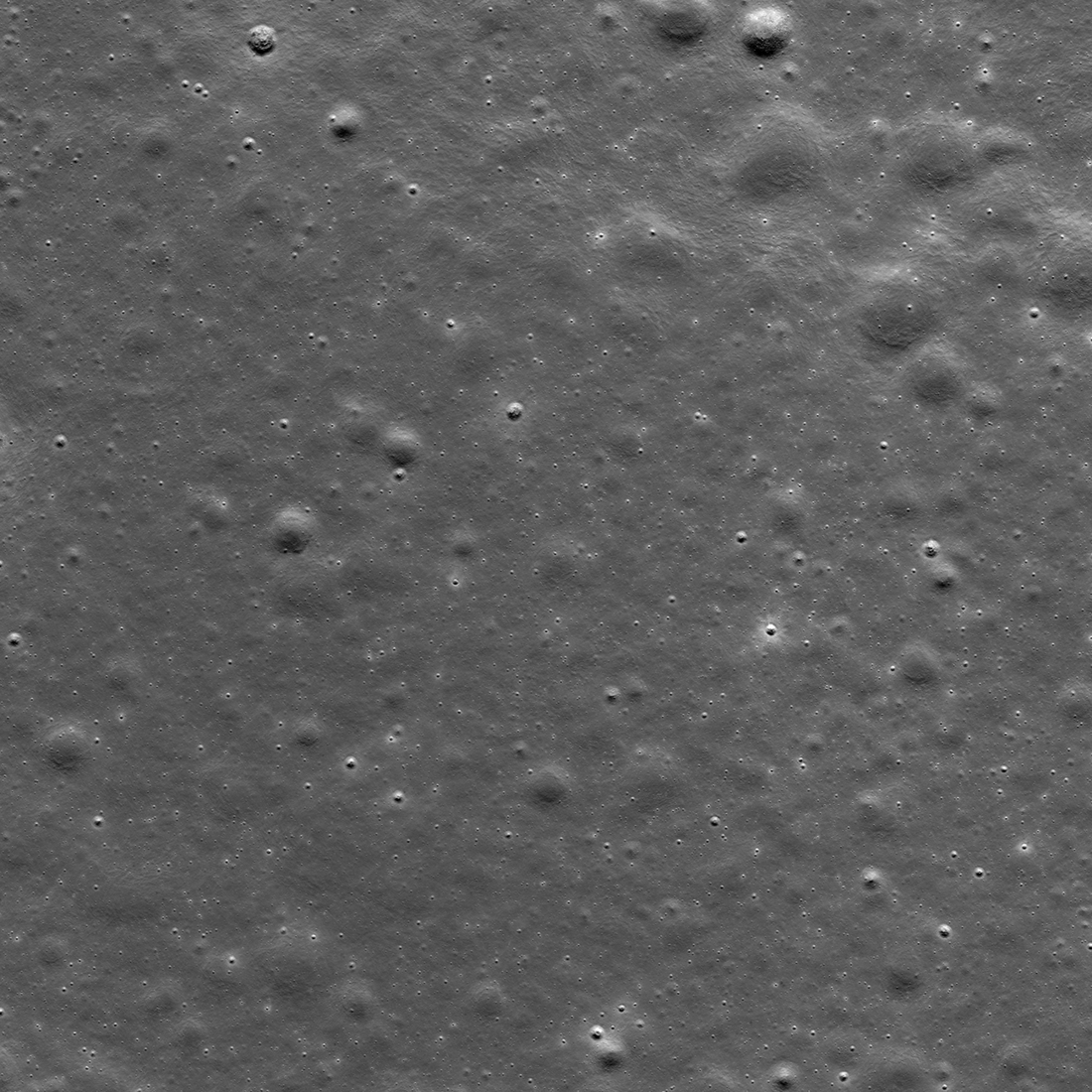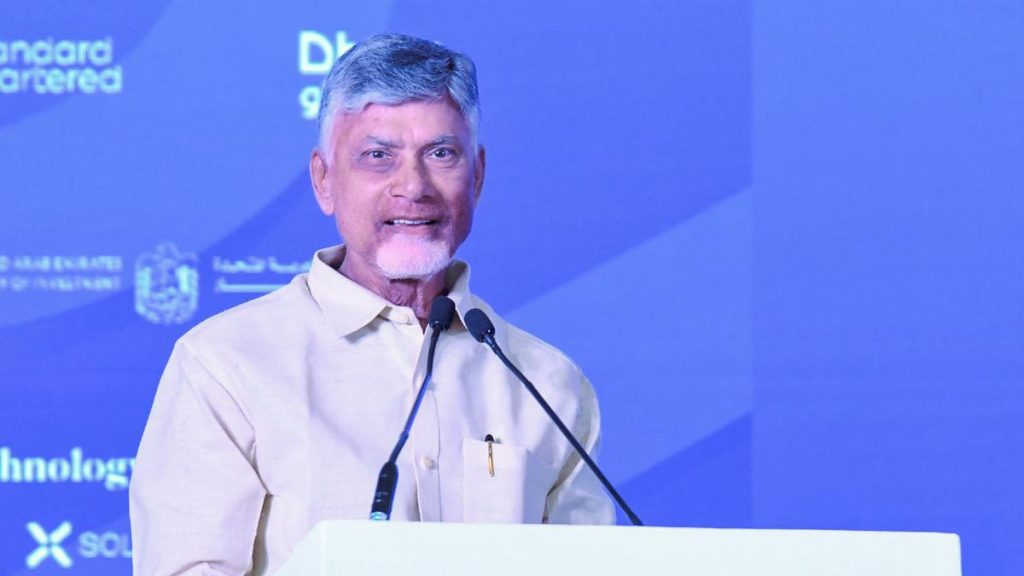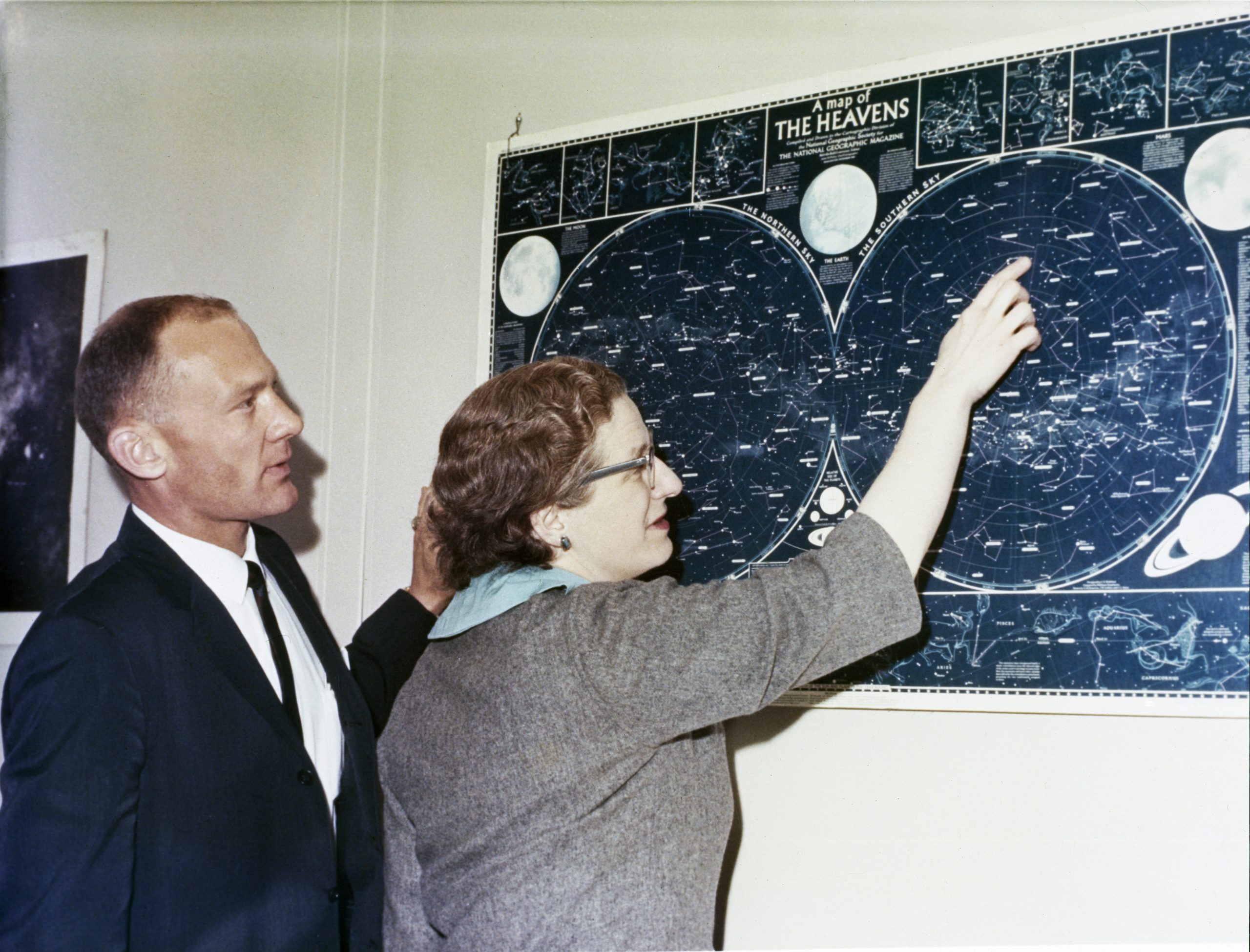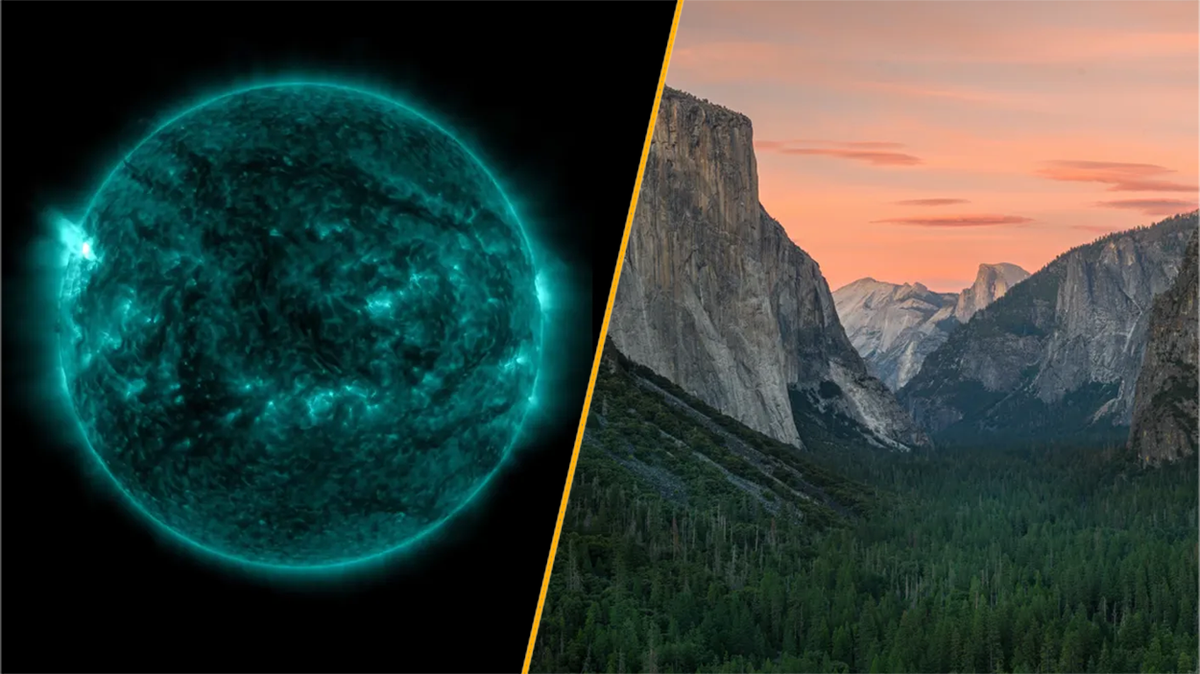Now Reading: NASA’s LRO Captures Site of Japan’s RESILENCE Lunar Landing Attempt
-
01
NASA’s LRO Captures Site of Japan’s RESILENCE Lunar Landing Attempt
NASA’s LRO Captures Site of Japan’s RESILENCE Lunar Landing Attempt

Quick summary
- NASA’s Lunar Reconnaissance orbiter Camera (LROC) has captured detailed imagery of the landing site for ispace’s SMBC x HAKUTO-R Venture Moon Mission 2.
- The lunar lander, named RESILIENCE, is expected to land no earlier than June 5, 2025 (UTC).
- the identified landing area spans approximately 3.13 miles wide and is located in Mare Frigoris, a volcanic region on the Moon.
- Mare Frigoris features large-scale geological structures like wrinkle ridges and was formed over 3.5 billion years ago due to massive basalt eruptions.
Indian Opinion Analysis
India’s growing ambitions in space exploration make developments like this noteworthy within its broader scientific ecosystem. While Japan’s latest lunar efforts reflect its own advancements, it indirectly highlights the international competition in space exploration where India also plays a significant role with missions such as Chandrayaan and gaganyaan. Partnerships or knowledge exchange opportunities between nations involved-whether through platforms like international forums or bilateral collaborations-may foster global progress in lunar studies.
This mission focuses on understanding complex lunar geology (e.g., Mare Frigoris), which aligns with India’s long-term interest in studying planetary systems for resource utilization and scientific learning-a point emphasized during various ISRO missions targeting both research and economic potential of celestial bodies.

























